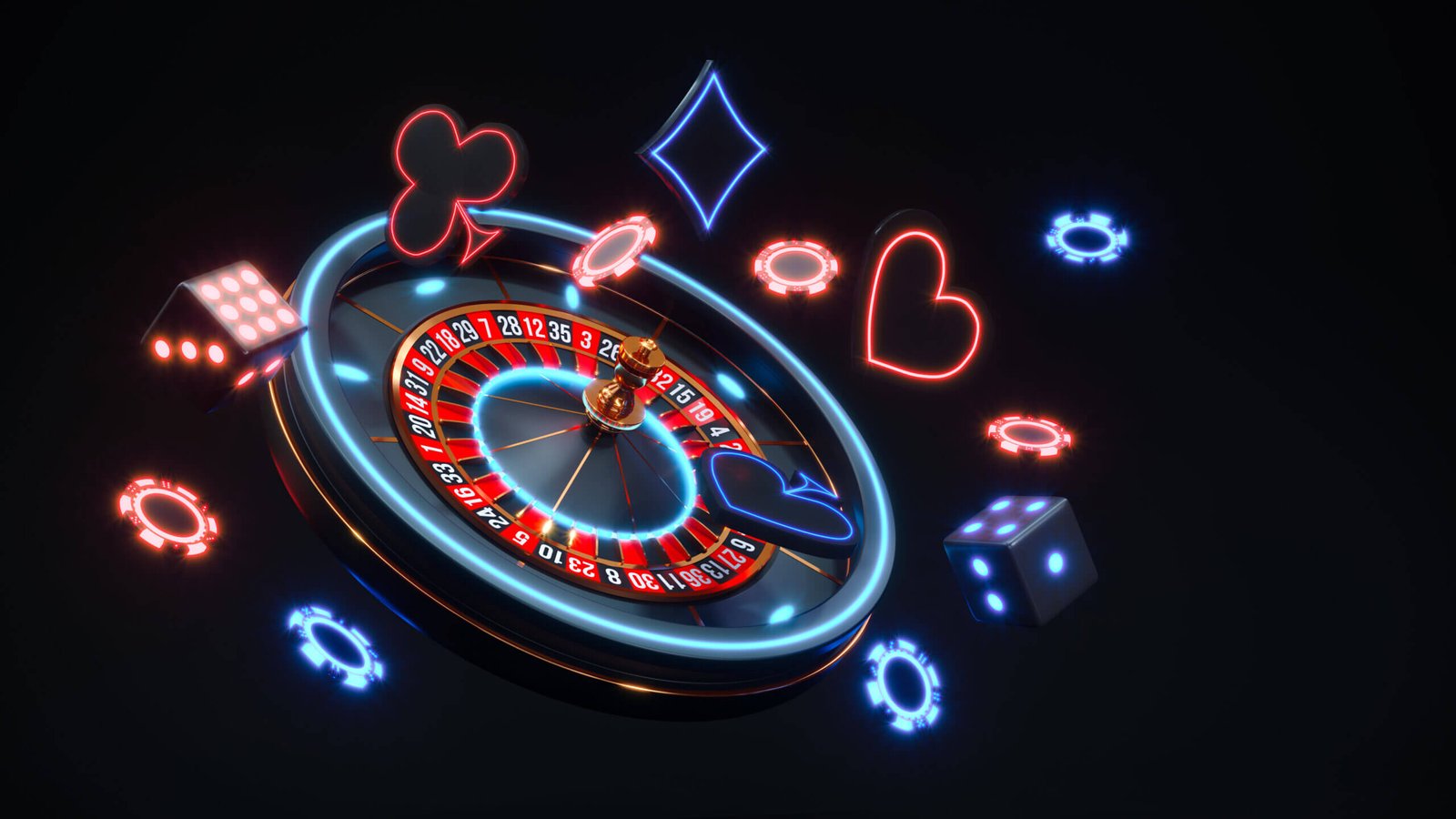Casino game design is a fascinating blend of art and science, meticulously crafted to keep players engaged and entertained. Understanding the psychology behind these designs can shed light on what makes them so captivating. Let’s explore the key elements that keep players coming back for more.
The Role of Visual and Auditory Stimuli
Casino games are designed to be visually and auditorily stimulating. Bright colors, flashing lights, and engaging sound effects create an immersive experience that captures players’ attention. These stimuli trigger the release of dopamine, a neurotransmitter associated with pleasure and reward, making the gaming experience enjoyable and addictive.
The Power of Near Misses
One of the most compelling psychological tactics used in casino game design is the concept of near misses. Near misses occur when players come close to winning but fall just short. This phenomenon creates a sense of excitement and anticipation, encouraging players to keep playing in the hopes of achieving a win.
Random Rewards and Variable Ratios
Casino games often use random rewards and variable ratio schedules to keep players engaged. Unlike fixed rewards, which are predictable, random rewards create a sense of unpredictability and excitement. Variable ratio schedules, where wins are distributed at random intervals, keep players motivated by creating a sense of uncertainty and potential for big wins.
Social Interaction and Competition
Many casino games incorporate social elements, allowing players to interact with each other and compete for rewards. This social aspect adds a layer of excitement and engagement, making the gaming experience more enjoyable. Leaderboards, multiplayer modes, and chat features foster a sense of community and competition, encouraging players to keep playing.
The Illusion of Control
Casino games often give players the illusion of control, making them feel that their actions can influence the outcome. Features like skill-based elements, decision-making opportunities, and customizable options enhance this illusion. Even though the results are ultimately determined by chance, the perception of control keeps players engaged and invested in the game.
Conclusion
The psychology behind casino game design is a powerful tool that keeps players engaged and entertained. By leveraging visual and auditory stimuli, near misses, random rewards, social interaction, and the illusion of control, game designers create captivating experiences that players find hard to resist. Understanding these elements can help players make informed decisions and enjoy gaming responsibly.
Related Article: AI Insights: How Machine Learning is Transforming Sports Betting in 2024



